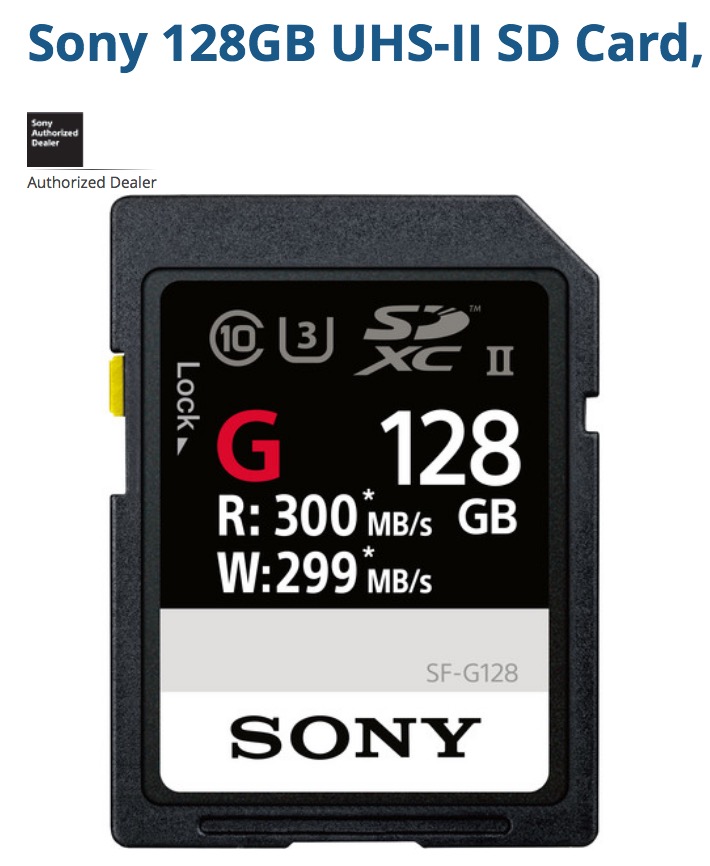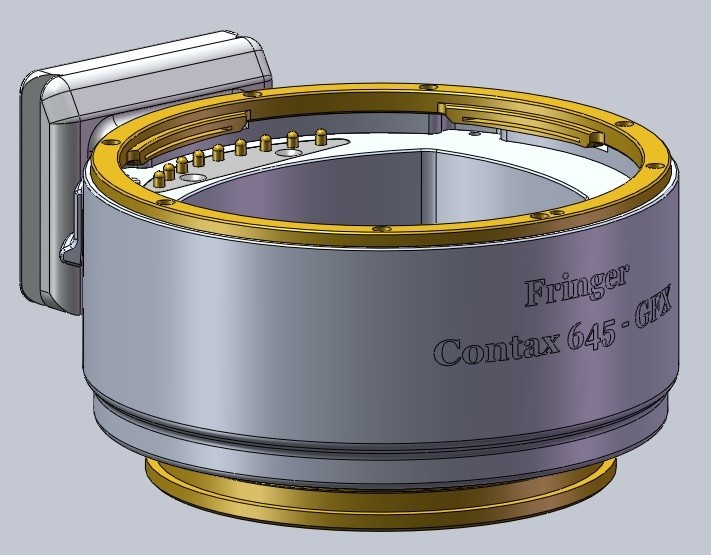Fujifilm GFX Vs. Hasselblad X1D User Mini Review: “Forget About the Cons, Run and Buy the GFX” :: Fuji Guys GFX Top Features Video
Fuji Guys GFX Top Features Video
The Fuji Guys just published the Fujifilm GFX Top Features Video. Check it out on youtube here.
Hasselblad X1D vs Fujifilm GFX
User Review by Ahmed G., shared at the Fujifilm GFX Facebook Group here.
NEW: For everything Fujifilm GFX related, I’ve just lauched the dedicated GFX facebook page: 100% GFX news and rumors 24×7.
NOTE 1: Sorry about my English because it is not my native language
NOTE 2: The comparison shots have been taken different times and in not well controlled conditions. They should just give an idea of the details difference between lenses.
I have used Hasselblad X1D for one month and had problems with the body and also shutter of the 90mm lens. Now I am using Fujifilm GFX for sometime with the 3 current lenses.
Let me explain my user notes. I am not an expert or professional photographer, but i have used the best 35mm lenses in years like coastal optics,voigtlander apo lanthar,Zeiss otus line and leica apo lenses.
With 35mm format the quality mostly comes with the lenses. For example Leica M 240 doesn’t have a state of art sensor but when you use it with a 50mm Apo Summicron you get medium format like output as a system.B ut if you use it a less corrected lens you will get a moderate FF look and quality.
With medium format the quality is mostly related to sensor. Of course lenses are good as well but at least for these two brands new line up are not as refined as the lenses I wrote above. (maybe fuji 120mm macro is an exception). But when they combined with the sensor they shine.
So let’s compare Hasselblad with Fuji (still no raw??)
Hasselblad X1D
Cons:
- Plastic parts are fragile for scratches.
- Lenses are slow to get good subject separation
- Battery capacity is low.
- You can not have bokeh circles with the lenses. They look like honeycomb. Maybe because of the leaf shutter.
- 45mm and 90mm both have focus shift.Especially at short distances.
- Files are flat and not lifelike.Dimenson is not there at all.
- Lcd has a low resolution.
- Evf is not better than sony a7x series.
- Slow start-up time like computer.
- After too many shuts body becomes hot.
- Strange shutter noise.Ahhrrr ???
Pros:
- Leica M like body. Build quality and style are exceptional
- Super easy menu. It is Apple like.
- Very good ergonomics on buttons and grip.
- Great AF accuracy. Great working AF light for low light works
- Super easy to use.
- Nearly shake free because of leaf shutter.
- Superb use of Nikon ttl flashes and profoto b1 up to 1/2000 sec
- Colors are real as you see with your own eyes when you use Phocus software.
Fujifilm GFX
Cons:
- Ugly style and ergonomics. Play and delete buttons are so bad placed.
- To much buttons and crowded menus.
- The position of buttons really sucks(especially play,delete and ev +\- ) by default.Yes you can redesign them but not all. Delete can not be arranged for a different button and you can not reach it comfortably with your right hand when holding the grip. You have to use your lef hand. So button line up of default is con, to re-arrange them is a pro
- Focus is fast but not accurate especially in low light.
- Heavy after Leica bıt for dslr users it is ok. Especially lenses.
- Because of bad ergonomics and the huge lenses(compared to Leica) it is impossible to use small bags for street and travel photography.
Pros:
- Forget about the cons and run to buy it?
- Punchy and lifelike files even no raw for now.63mm and 120mm has that special leica pop ??
- Super subject separation.
- Great shutter sound
- Buttons are what you want them to be (the ability to re-arrange them)
- Detail is more refined and corrected than Hasselblad (hassy sometimes seem like to much Photoshop sharpened)
They are both have Cons and Pros but GFX is more like a 3th generation product which has less problem and very ready to go a big photo trip. Hassy is like a prototype with problems and makes you thing to go to a photo trip with a back up camera system.
Fuji files are more life-like as film but Hassy is more clinical. Fuji is a great upgrade camera for APS-C and FF users but Hasselblad is a back up camera for real studio medium format users.
These Is what I feel about two of medium format cameras. Maybe some of you will feel different.
Comparison Shots on Ahmed’s FlickR here. Ahmad’s Instagram / FlickR
Fujifilm GFX: USA BHphoto, Adorama, AmazonUS EU: AmazonDE, CalumetDE AmazonUK, WexUK, ParkCamerasUK, PCHstore AUS: CameraPro







